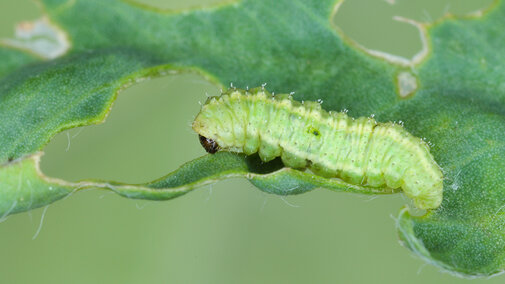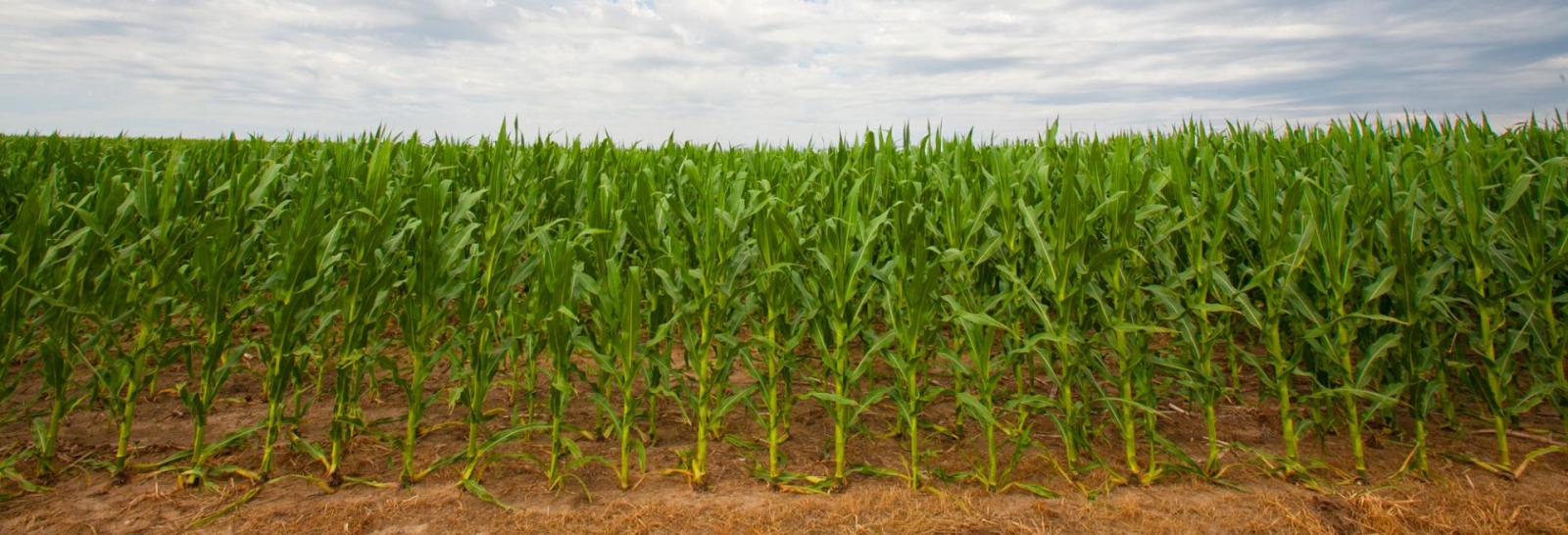Poisonous Pasture Plants
While poisonous plants are generally not as problematic in Nebraska compared to other western states, they can exact their toll on livestock enterprises, and many times the losses are unrecognized.
There are 17 species listed as primary toxic plants that can be found in Nebraska. Toxic plants contain or produce substances injurious or lethal to animals. The amount of plant material consumed by the grazing animal before death or poisoning symptoms appear varies by species. Poisoning symptoms will vary depending on the toxic compound in the plant, but may include difficulty breathing, excess salivation, nervousness or staggering. Many poisonous plants are avoided by the animal, but a scarcity of forage— such as under drought conditions — may lead to a situation where they are consumed.
There are some species, such as prairie larkspur, where grazing animals may select for them when they are flowering (mid-June to early July). Other relatively common poisonous plants in central and western Nebraska include Riddell groundsel, Lambert crazyweed, wooly locoweed, and chokecherry.
Poison hemlock and spotted water hemlock are common statewide. These two species prefer moist areas in pastures, creek banks, ditches and disturbed sites.
If you suspect a poisonous plant problem in your pastures, be sure to get a positive identification of the plant. When control or removal of the plants is not possible, it may be best to move livestock to a different pasture.
Nebraska Extension has a great resource called Nebraska Plants Toxic to Livestock (EC3037) that can be found online or obtained through your local extension office.
Alfalfa Insect Update
As we approach the first cutting for alfalfa across the state of Nebraska, it is important to continue to monitor your fields for pest insect activity.
One of the most significant insect pests of alfalfa in Nebraska is alfalfa weevil. Plant injury from alfalfa weevil feeding damage appears as pinholes in the terminal leaves, with leaves becoming skeletonized as feeding severity increases. Larvae are 1.5 mm to 8.5 mm long with a black head, wrinkled green body, and white stripes along the back and sides and will curl into a C-shape when disturbed. Scouting for alfalfa weevil up to and even during the first cutting can help to mitigate economic losses. While you are actively cutting your alfalfa field, take some time to inspect your equipment for larvae. Threshold tables can be found on CropWatch.
Aphids are another insect pest of alfalfa, and while they are considered a secondary pest, populations sometimes surpass treatment guidelines. Heavily infested plants will be discolored and stunted. There are four species of aphid found in Nebraska alfalfa: pea aphid, cowpea aphid, blue alfalfa aphid, and spotted alfalfa aphid. Descriptions and species-specific thresholds can be found in this article.
A variety of insecticides are labeled for alfalfa insect pest control, including pyrethroids and products containing indoxacarb (such as Steward). Pyrethroids are more harmful to natural enemies, while indoxacarb is more selective and may help to maintain beneficial insect populations. This can be especially important in fields with high aphid populations as they have a wide range of natural enemies including lady beetles, lacewings and syrphid fly larvae. When alfalfa reaches 50% or more bud stage, it may be more profitable to cut the alfalfa early rather than treat it.
Drought-proofing Your Grazing Plan
With drought conditions forecasted across much of Nebraska this summer, now is the time to make a grazing plan that builds in flexibility.
Start by evaluating forage availability. If grass is already slow, consider reducing stocking rates early. Holding cattle back on a drylot or using annual forages can help avoid overgrazing if pastures fall short. Additionally, incorporating stockers into an operation can provide an asset that is easier to liquidate than the main breeding herd if conditions get dry.
If you haven’t already, set trigger dates to evaluate forage growth and precipitation. For example, June moisture does little for cool-season grasses like brome but can still help warm-season species. If we head into June at a deficit, brome pastures will need stocking rates reduced. Timely rain may fuel some late growth in native range, but a close eye on grazing pressure and pasture condition needs to be maintained.
As you graze, don’t underestimate the impact of timing. Grazing during plant recovery periods — especially in June and early July for warm-season species — can weaken plants and reduce future productivity. Rotate grazing so that key grasses have a break during critical growing windows.
Lastly, keep an eye on grazing pressure. Grazing as drought stress impacts a plant can double the pressure it is receiving without a chance to recover, if it stays dry. As pastures dry out, be especially careful not to overgraze. Once fully dormant, plants can be grazed a bit harder without much damage, although we want to leave enough residual to protect plant crowns and reduce soil moisture loss.
Planning for drought isn’t fun, but taking steps now can save pasture health and avoid emergency decisions later.

